|
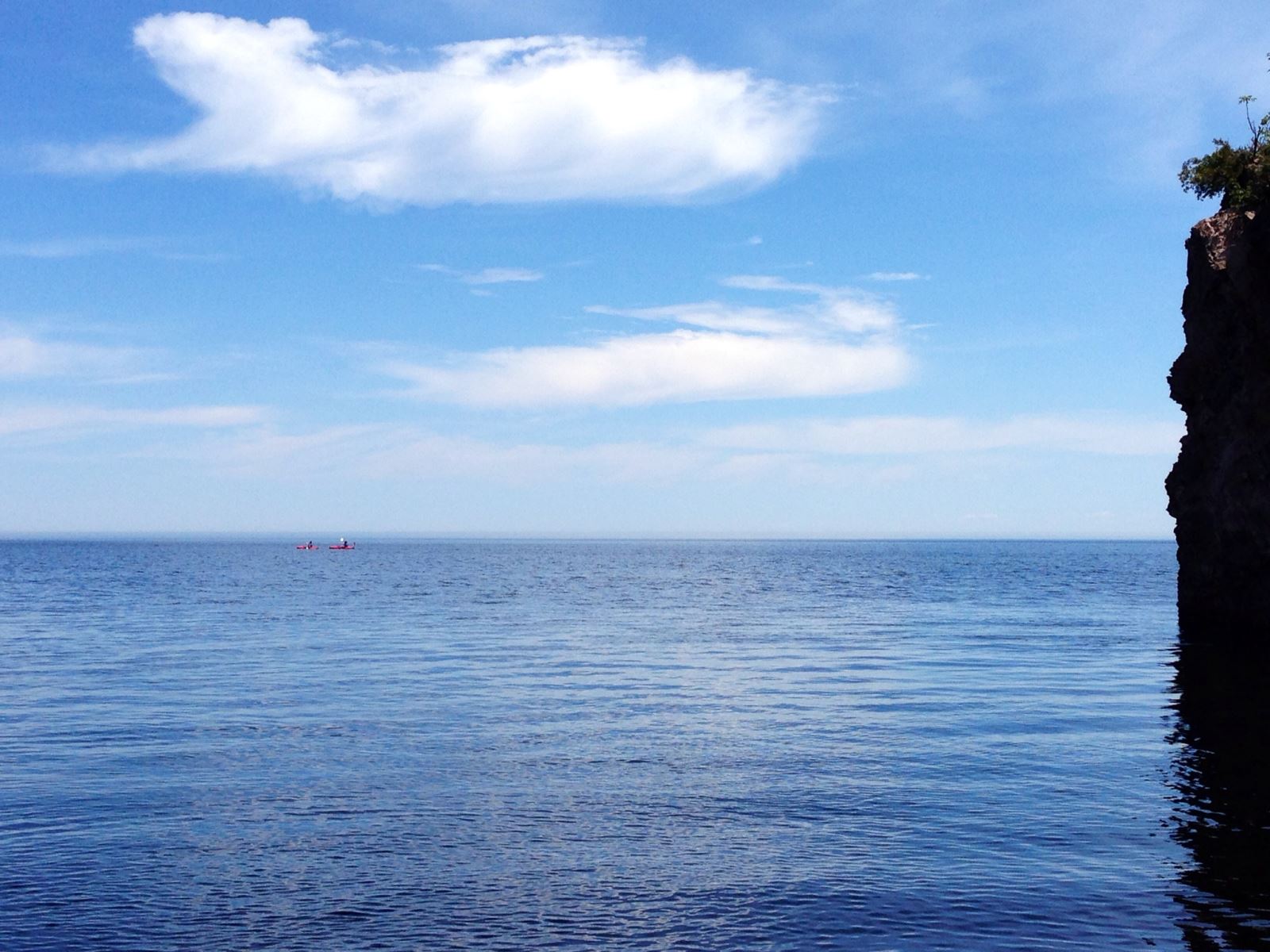
EPA seeks public guidance on next phase of Great Lakes restoration
While the biggest recent news from the Environmental Protection Agency concerns a major change in its controversial leadership in Washington, the EPA’s activities closer to Minnesota will also bear critical effects on our state. The EPA is developing an action plan for its work on the Great Lakes Restoration Initiative (GLRI) from 2020 to 2024, a plan which will set priorities for funding projects to clean up and protect the Great Lakes region.
This program is especially important to northeast Minnesota cities like Duluth, which is why the EPA will hold a public engagement session there on Thursday, July 12.
Funded by Congress since 2010, the GLRI has been a critical boost for the Great Lakes region’s ecosystems and economy. It has funded more than 2000 projects, from Duluth to Buffalo, contributing to work on rebuilding habitat, mitigating nutrient runoff, and cleaning aquatic Areas of Concern around the watershed. At a time when the Great Lakes are increasingly threatened by invasive species brought by oceangoing ships, the GLRI is especially critical in combating the spread of these organisms including sea lampreys and invasive carp.
The GLRI has enjoyed strong bipartisan support for its strong benefits to communities. The first five years of its funding provided Minnesota with $45 million in grants to various projects, including cleaning the St. Louis River estuary, restoring trout streams, and engaging with tribal communities. In 2017 the EPA granted the city of Duluth $220,000 for habitat protection on the coast of Lake Superior, providing a boost to the North Shore’s economy and environmental health.
The GLRI has brought many success stories to Minnesota, but much remains to be done to clean our lands and waters. That’s why it’s critical that Minnesotans help to steer the EPA’s GLRI program work to ensure that it makes Minnesota habitats and communities a top priority. We invite all interested Minnesotans to attend the public session in Duluth next Thursday to learn more and help plan how the GLRI will continue to strengthen Minnesota’s economy and protect our natural resources.
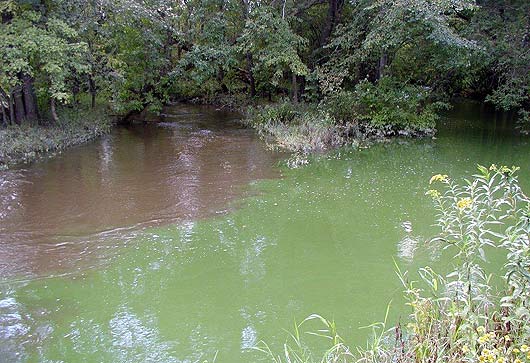 |
Northfield extends advisory after 1 million gallons of wastewater entered Cannon River
(From MPR News) — Northfield is extending its water advisory after a malfunction at the local water treatment plant on Tuesday. A broken pipe at the Northfield wastewater treatment plant sent one million gallons of sewage into the Cannon River on Tuesday. The city is warning the public to avoid direct contact with the river waters downstream from Northfield. Recent water quality testing shows decreased bacteria levels and city officials said that if this trend continues, the advisory will be lifted Friday afternoon. >>Read More.
|

|
 |
Nominations open for Midwest Energy News’ 40 Under 40 Awards
Each year, Midwest Energy News recognizes Midwest-based leaders and innovators from all sectors— industry, government, regulatory, business, academia, nonprofit, and advocacy. Those selected are invited to the Honorees Reception in Chicago to celebrate and network with the prestigious advisory committee and past award recipients.
Midwest Energy News is now seeking nominations! Honorees are both self-nominated and nominated by peers. Visit the 40 under 40 web page to nominate a leader you believe is worthy of recognition.
|
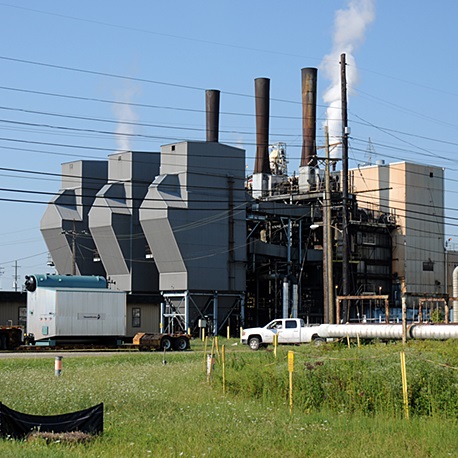
photo credit: Dept. of Energy |
Judge: Superior natural gas plant not needed
(From Duluth News Tribune) — An administrative law judge on Monday recommended that plans for a proposed natural gas power plant in Superior come to an end. Judge Jeanne M. Cochran said Minnesota Power’s proposed Nemadji Trail Energy Center is not needed or in the public interest, and should be rejected by the Minnesota Public Utilities Commission. To move the project forward, the PUC would first need to approve two assignment of rights agreements — a construction agent and an operating agent — and a capacity dedication agreement, but Cochran urged the PUC to deny those in her non-binding recommendation. “Minnesota Power has failed to establish that approval of these affiliated interest agreements is consistent with the public interest because it has failed to demonstrate that the underlying 250 (megawatt) NTEC purchase is needed and reasonable,” Cochran wrote. >>Read More.
|

|
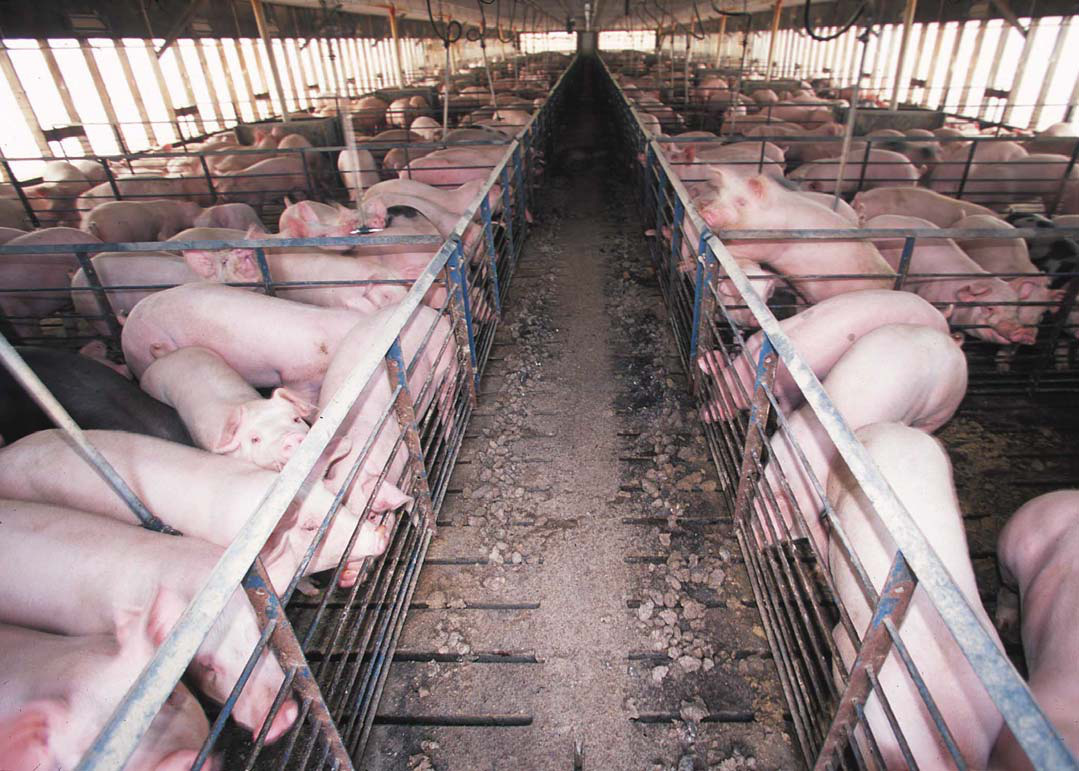
photo credit: EPA |
Opponents demand more review for proposed Fillmore County swine operation
(From Star Tribune) — A proposal to build a large swine feedlot in Fillmore County is facing stiff opposition from some of its neighbors, who say the state’s environmental agency needs to do a more thorough assessment before issuing a permit. Nearly 50 opponents descended on Minnesota Pollution Control Agency (MPCA) offices Tuesday, the last day for public comment on an environmental assessment for the proposed project. They issued a demand for a full-fledged Environment Impact Statement (EIS), something that is rarely done for such farm facilities. >>Read More.
|
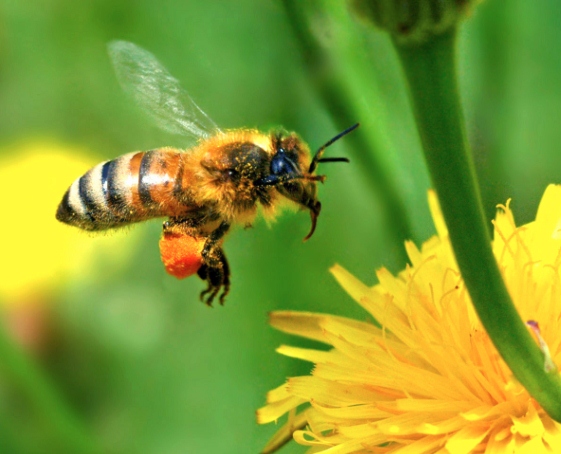 |
Why it’s time to curb widespread use of neonicotinoid pesticides
(From MinnPost) — Planting season for corn and soybeans across the U.S. corn belt is drawing to a close. As they plant, farmers are participating in what is likely to be one of the largest deployments of insecticides in U.S. history. Almost every field-corn seed planted this year in the United States – approximately 90 million acres’ worth – will be coated with neonicotinoid insecticides, the most widely used class of insecticides in the world. The same is true for seeds in about half of U.S. soybeans – roughly 45 million acres and nearly all cotton – about 14 million acres. In total, by my estimate, these insecticides will be used across at least 150 million acres of cropland, an area about the size the Texas. >>Read More.
|
Help sustain MEP’s work. Donate today!
Do you appreciate our coverage of environmental and conservation issues? You can help sustain MEP’s work with a donation. Your support will help MEP continue educating decision-makers and Minnesotans throughout the state about important issues that impact clean water, clean air, and land conservation. Contributions also provide the financial backing we need to help organize the advocacy efforts of our 70 member organizations and take action through public organizing, media campaigns, lobbying, and research.
|

|
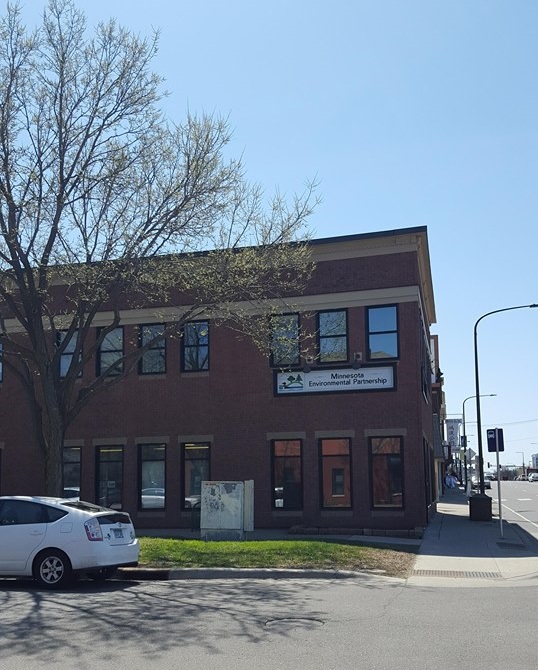 |
Office space available in MEP’s building!
Is your organization in the market for a convenient, comfortable office space in St. Paul? The office suite above MEP’s office at 546 Rice Street is available for lease! The approximately 2200 square ft. space is ideal for a small to midsize nonprofit organization, featuring a kitchen and break area and offstreet parking.
Located in the Capitol-Rice Street neighborhood, it is also within three blocks of the Capitol complex and across the street from the Women’s Building. It is also positioned along bus routes 3, 62, and 67, and a two-minute walk from the Green Line. And perhaps best of all, the new tenant would have good neighbors in MEP’s staff!
The landlord may be open to letting portions or the entirety of the office space to individual organizations. Contact us for details!
Please contact Matt Doll at matthew@mepartnership.org if interested.
|
Weekly Environmental Trivia – Answers Below Job Postings!
|
 |
1. Approximately what percentage of the world’s freshwater is within the Great Lakes?
2. What is the largest island in the Great Lakes?
3. Jeffrey Val Klump become the first person to reach what geographical point on July 30, 1985?
|
|
|